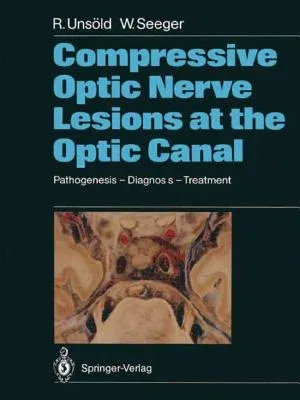Renate Unsöld
(Author)Compressive Optic Nerve Lesions at the Optic Canal: Pathogenesis - Diagnosis - Treatment (Softcover Reprint of the Original 1st 1989)Paperback - Softcover Reprint of the Original 1st 1989, 6 December 2011

Qty
1
Turbo
Ships in 2 - 3 days
In Stock
Free Delivery
Cash on Delivery
15 Days
Free Returns
Secure Checkout

Print Length
140 pages
Language
English
Publisher
Springer
Date Published
6 Dec 2011
ISBN-10
3642733840
ISBN-13
9783642733840
Description
Product Details
Authors:
Book Edition:
Softcover Reprint of the Original 1st 1989
Book Format:
Paperback
Country of Origin:
NL
Date Published:
6 December 2011
Dimensions:
27.94 x
20.96 x
0.84 cm
ISBN-10:
3642733840
ISBN-13:
9783642733840
Language:
English
Location:
Berlin, Heidelberg
Pages:
140
Publisher:
Weight:
367.41 gm